A Skate is any number of the 150 different species of fishes in the Rajidae family. These flattened creatures are part of the taxonomic superorder that makes up the various types of stingrays.
Skates, rays, sharks, and sawfish are all cartilaginous fishes, meaning that cartilage makes up their skeletons instead of bone. Read on to learn about the Skate.
Description of the Skate
These rays come in a number of different shapes and sizes. All species are dorsoventrally flattened to some degree, which means their bodies are flat and wide. Basically, they look like a rather large person sat of top of them and squished them flat.
The various species range in size from the 2-foot long starry Skate to the 9 ½ -foot long common Skate. While many species of rays have rounded bodies, members of Rajidae typically have pointed heads. This gives them something of an arrow-shaped appearance.
Interesting Facts About the Skate
You have a wide variety of different species to look to for interesting information. Below, we assess several different species and what makes them unique.
- Clearnose Skate – These creatures live in the oceans off the eastern coast of North America. This species is particularly odd because they actually live up to their name. The space on either side of their nostrils is translucent, or see through!
- “Common” Skate – In direct contradiction to the literal interpretation of the clearnose species, we move on to the common. Despite their name, this species definitely isn’t common. In fact, the IUCN lists this massive creature as Critically Endangered. Humans purposefully catch this species for its large size, and accidentally catch it while dragging fishing nets across the ocean floor.
- Spotted Skate – This species sports a number of small speckles on the upper half of its body, also known as its dorsal surface. These spots work perfectly as camouflage when the fish flattens itself in the sand and waits for prey to stray too close.
- Undulate Ray – The undulate ray is another species in the Rajidae family that suffers due to overfishing. The IUCN lists this species as Endangered. This beautiful species has intricate patterns across its dorsal surface as well.
Habitat of the Skate
The flattened body of all rays makes them perfectly adapted to life on the ocean floor. While not all rays are benthic, or bottom dwellers, all members of Rajidae are. These fish use their flat bodies to blend in with their surroundings on the sea floor and catch prey with ease.
Different species occupy a number of different habitats. Some live in areas with soft sandy bottoms, others in areas with gravel or even mud. They also range widely in the depths that they occupy, from shallow coasts to deep trenches.
Distribution of the Skate
You can find these rays virtually throughout the oceans of the world. They range everywhere from the coast to nearly 10,000 ft. below the surface of the water. Their distribution also extends from tropical waters all the way to polar regions. In fact, the greatest species diversity occurs in temperate regions or colder.
Diet of the Skate
These creatures are carnivores, which means that they feed on other animals. While prey is different for each species, they usually eat crabs, lobsters, shrimp, clams, worms, squid, small fish, and various invertebrate species.
Instead of teeth, most of these rays have flattened plates in their mouths. They use these plates to crush their hard-shelled prey. This makes crunching through crabs and shellfish a breeze.
Skate and Human Interaction
Human impact varies from species to species. For some, the IUCN recognizes that their populations are sharply dropping, and in need of protection.
For others, human activity doesn’t impact them as heavily, and their populations are stable. In many species researchers simply don’t have enough information to say how their populations are faring.
As a whole, the most detrimental human interactions for these species are typically overfishing and bycatch. People catch these creatures purposefully, and they accidentally capture them as bycatch in nets meant for other types of fish. Pollution and climate change also impact these creatures by reducing their invertebrate food sources.
Domestication
Humans have not domesticated these fish in any way.
Does the Skate Make a Good Pet
No, these creatures do not make good pets. Even the smallest species grows too large for the average fish tank. Additionally, if you kept these creatures, they would eat the rest of the fish in your tank!
Skate Care
Some zoos and aquariums house certain species of Skates. When possible, they also include these creatures in breeding programs to help maintain their populations.
They house them in large tanks with plenty of space for them to swim, and sand or gravel on the bottom to use as camouflage. Aquarists feed them a variety of small fish, crabs, shrimp, and other crustaceans and shellfish. It is also common to see these creatures in tanks with a variety of other fish species.
Behavior of the Skate
With such a variety of species, it is virtually impossible to pin down their behavior as a group. Some species forage primarily during the day, while others search for food at night. Even though most species live solitary lives, some do congregate for breeding or around prolific food sources.
Reproduction of the Skate
As is the case with general behavior, reproductive behavior also varies by species. Different species have different mating patterns. However, after breeding, all species lay unique egg cases known as Mermaid’s Purses.
Some Mermaid’s Purses contain a single young Skate, but they can develop up to seven in a single egg case. The amount of time it takes for these egg cases to hatch varies from species to species.

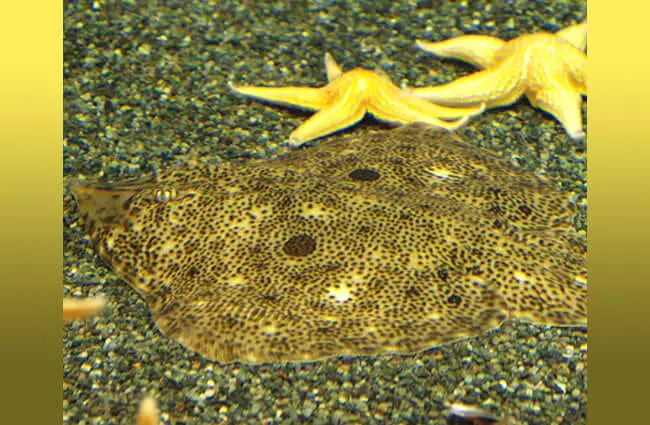
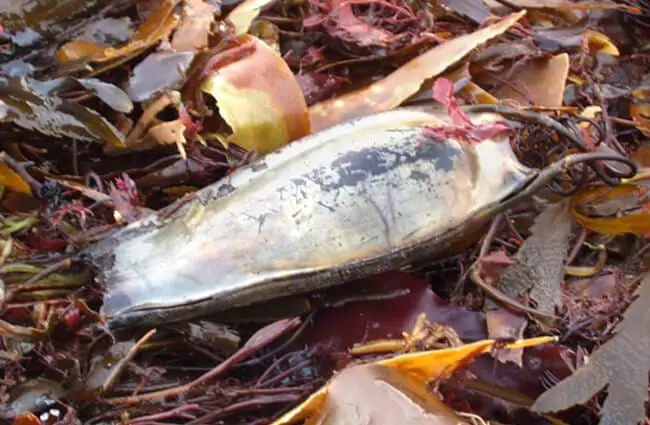


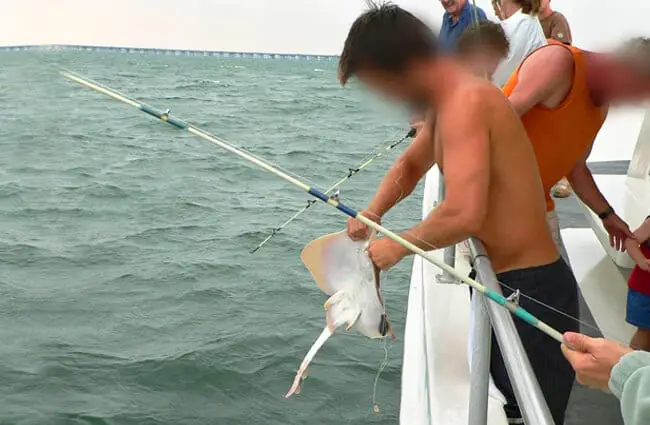
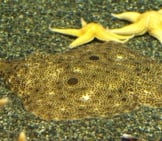
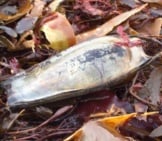
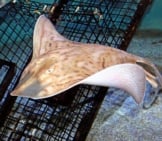
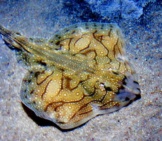

![Red Angus Closeup of a beautiful Red Angus cowPhoto by: U.S. Department of Agriculture [pubic domain]https://creativecommons.org/licenses/by/2.0/](https://animals.net/wp-content/uploads/2020/03/Red-Angus-4-238x178.jpg)












![Red Angus Closeup of a beautiful Red Angus cowPhoto by: U.S. Department of Agriculture [pubic domain]https://creativecommons.org/licenses/by/2.0/](https://animals.net/wp-content/uploads/2020/03/Red-Angus-4-100x75.jpg)

